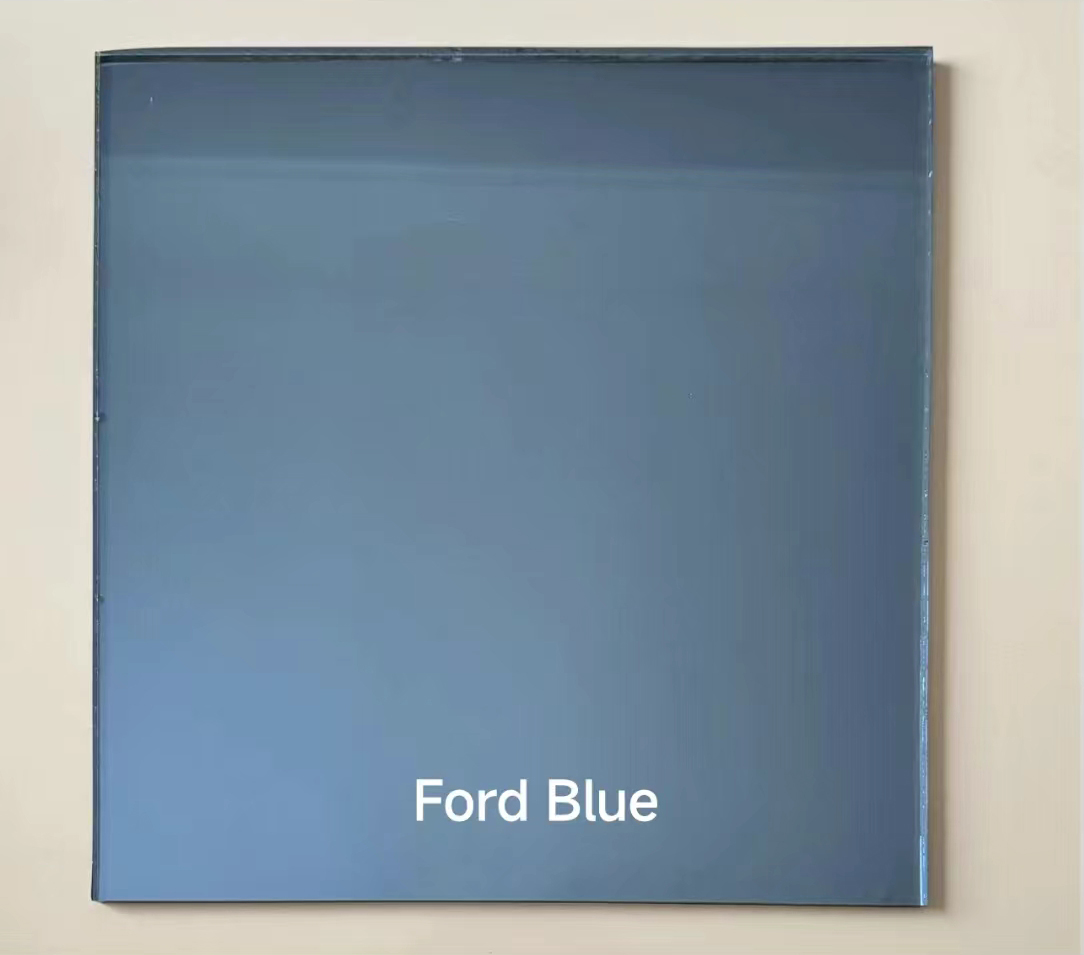

The Benefits of Passive Low-E Glass in Modern Architecture
In recent years, sustainable architecture has emerged as a crucial consideration for both builders and designers. Among the various innovations in building materials, passive low-emissivity (low-E) glass stands out as a transformative solution. This type of glass has gained prominence due to its energy-efficient properties, contributing significantly to enhanced insulation, reduced energy usage, and improved indoor comfort.
Understanding Passive Low-E Glass
Passive low-E glass is specially coated with a microscopically thin layer of metal or metallic oxide that serves to reflect infrared energy. This unique feature allows the glass to transmit visible light while minimizing the passage of heat. As a result, passive low-E glass helps maintain a stable indoor temperature, irrespective of external weather conditions. In colder climates, it acts to retain heat within the building, while in warmer climates, it reflects solar radiation, thus keeping interiors cooler.
Energy Efficiency
One of the standout benefits of passive low-E glass is its ability to enhance energy efficiency in buildings. Traditional glass windows can account for a significant portion of heat loss in homes, leading to increased heating and cooling costs. By using passive low-E glass, homeowners and businesses can drastically reduce their energy consumption. Various studies have shown that buildings equipped with low-E glass can lower heating and cooling costs by up to 30%. This direct impact on energy bills not only benefits property owners financially but also contributes to a broader reduction in greenhouse gas emissions.
Enhanced Comfort

Indoor comfort is another compelling reason to consider passive low-E glass. Traditional windows often allow for uncomfortable temperature fluctuations and drafts, which can cause distress in living and working environments. The insulating properties of low-E glass minimize these temperature variations, providing a more stable and pleasant atmosphere. Moreover, with less reliance on artificial heating and cooling systems, the overall comfort of occupants can be significantly improved.
Natural Light Without Compromise
While controlling heat transfer, passive low-E glass also allows for ample natural light to enter a space. Natural light is essential for creating vibrant and inviting environments, leading to increased productivity and well-being among occupants. The transparent nature of low-E glass ensures that spaces do not have to sacrifice brightness for energy efficiency. This balance is particularly advantageous in commercial settings, where employee satisfaction and performance can be closely tied to the quality of their work environment.
Environmental Impact
Using passive low-E glass is not just an individual choice; it has a positive ripple effect on the environment. By reducing the need for heating and cooling, buildings with low-E glass contribute to lower energy demands on power plants, which in turn reduces fossil fuel consumption and lowers carbon emissions. As society increasingly seeks solutions to combat climate change, adopting materials like passive low-E glass aligns with global sustainability goals.
Conclusion
Incorporating passive low-E glass into building designs is a practical and forward-thinking approach that maximizes energy efficiency, enhances comfort, and promotes sustainability. As architects and builders continue to prioritize environmentally friendly solutions, passive low-E glass is set to become an integral feature in the designs of modern homes and commercial spaces. Its multifaceted advantages make it a smart investment for those looking to balance aesthetics, functionality, and ecological responsibility in their building projects. The future of architecture is increasingly about integrating innovative materials that benefit both occupants and the planet, and passive low-E glass is at the forefront of this evolution.